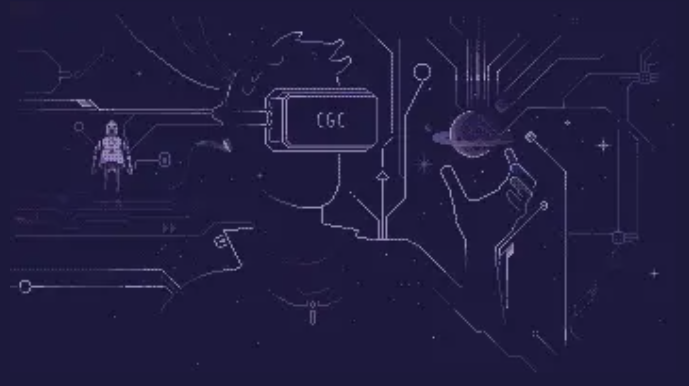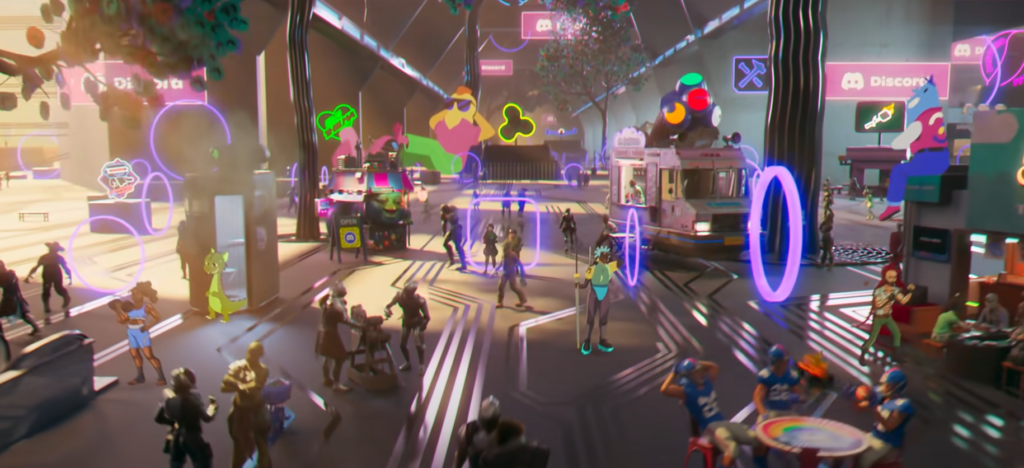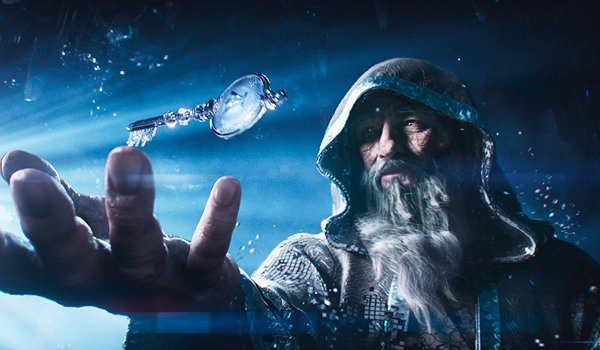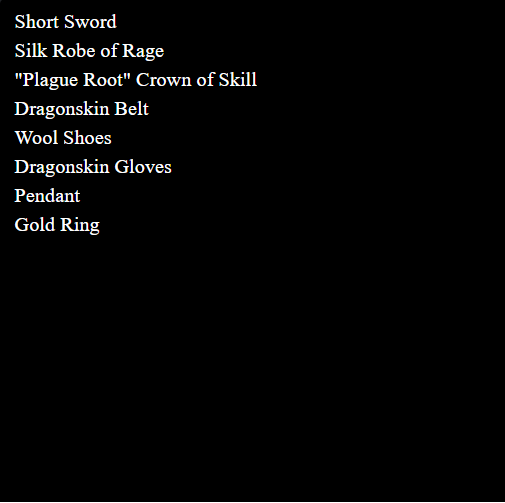The Blockchain Games Conference (CGC) hosted its 9th virtual conferencing platform, Pine, from September 23rd to 24th. It is the blockchain equivalent of the annual Games Developers Conference (GDC), and their sponsors included key players, including DappRadar, Epik, Polygon, and many more. The CGC invites luminaries in the space to share their projects, debate the most up-to-date developments in the industry, and network with like-minded individuals on all things related to DeFi, NFTs, and blockchain games.

There was a golden thread of discussion that ran through the various panels and presentations of the two-day conference. NFT-based ownership of virtual assets in games is giving rise to social and economic growth in an open metaverse. It is evident that the community of blockchain gamers holds a purist view that a truly “open” metaverse must be decentralized and built on a Web3 foundation where true ownership is possible.

NFTs and blockchain games
The conference was largely covering how these two titans of technomancy – blockchain and NFTs – dovetail as defining factors for the future of the metaverse. In Part 1 we explore how NFTs act as catalysts for creating communities that populate the metaverse. Part 2 considers how NFTs are shaping metaverse economies that are increasingly impacting the overall gaming industry.

“NFTs are the keys to the metaverse,” says Amartya Pilaka, NFT lead at Polygon and Polygon Studios: the $100 million investment arm started by Polygon to bring games from Web2 to Web3 and help grow the NFT world in general. “NFTs are revolutionary for gaming and the metaverse because of how closely they are tied together. The lines between these concepts are starting to blur and [are] translating into real money.”
Apart from the renaissance in digital art caused by NFTs in 2021, blockchain games such as Axie Infinity and Gods Unchained have used NFTs to create a new genre of game design known as “play-to-earn.” While this model has been implemented in traditional video games, the concept of ownership of in-game assets as NFTs on a blockchain ledger that allows players to generate value that is transferable and immutable is revolutionary. Ownership does not vest in the users of traditional video games and value invested by a player such as time and/or money remains tied to a specific game or gaming platform.
In Diablo 2, for example, this type of trading community was only achievable through third-party websites like d2jsp.org that use forum gold to facilitate trading. Unfortunately, these trading sites are legal grey areas and often require intermediaries to avoid scams. Blockchains allow users to have a distributed peer-to-peer network where non-trusting members can verifiably interact with each other without the need for a trusted authority. It’s all done through smart contracts in a trustless way. This model has proven successful for Axie Infinity, with secondary market sales already exceeding $2 billion.

“I got involved in the NFT space at the start of the year, and what made me want to stay was actually the community,” Amartya Pilaka continued. “It’s a compelling narrative for artists, creators, and game developers to rally around great ideas and to have their community rally around them.”
Who comprises a gaming metaverse’s community? “There are five categories of people who can participate in a metaverse economy,” says Derek Lau, game director for Immutable. “Players, investors, content creators, developers, and people that integrate the virtual with the physical world.”
Does this mean that a generation of gamers will achieve financial emancipation by grinding for gear? “What NFTs allow games to do,” Derek Lau suggests, “is enable everyone, not just players, to be part of the gaming experience. We’re beginning to see some people playing these games full-time, but we will also see people invest and build a business within the game as owners of NFTs.” Axie Infinity’s scholarship programs have been very successful in allowing people to be investors in the game.
There are various ways apart from playing to get involved with blockchain games. Projects like Loot, where the NFTs are mere strings of words that represent possible in-game items, show just how interested people are in getting involved with the game development aspect of NFT projects. By owning a Loot NFT or AGLD (the underlying currency of the game), individuals can provide input towards the game’s creative direction, creating a sense of accountability between the players and the developers, which ideally leads to a sustainable ecosystem.

How can you get involved as a content creator? Co-founder and CEO at Alien Worlds, Sarojini McKenna, stated that “content creators can provide services into the metaverse, whether that be technical like data and analytics, distribution, art, lore, music or writing. New users need to realize that they need to contribute to the ecosystem to be part of it for the long term.”
While it’s still early for NFTs, the blockchain gaming scene is playing an integral role in the mass adoption of NFTs into mainstream media. Blockchain games claim to scratch the itch left by the traditional video game industry, but onboarding non-crypto native users remains a barrier to entry for many companies. As the technologies and communities develop around these nascent metaverses, we can look forward to CyberKongz in Sandbox and many other NFT projects with gaming utilities on the horizon.
For more on CGC and their sponsors:
CGC Official: https://www.cgc.one/
Polygon Studios: https://polygonstudios.com/
Epik Official: https://www.epik.gg/
DappRadar: https://dappradar.com/


